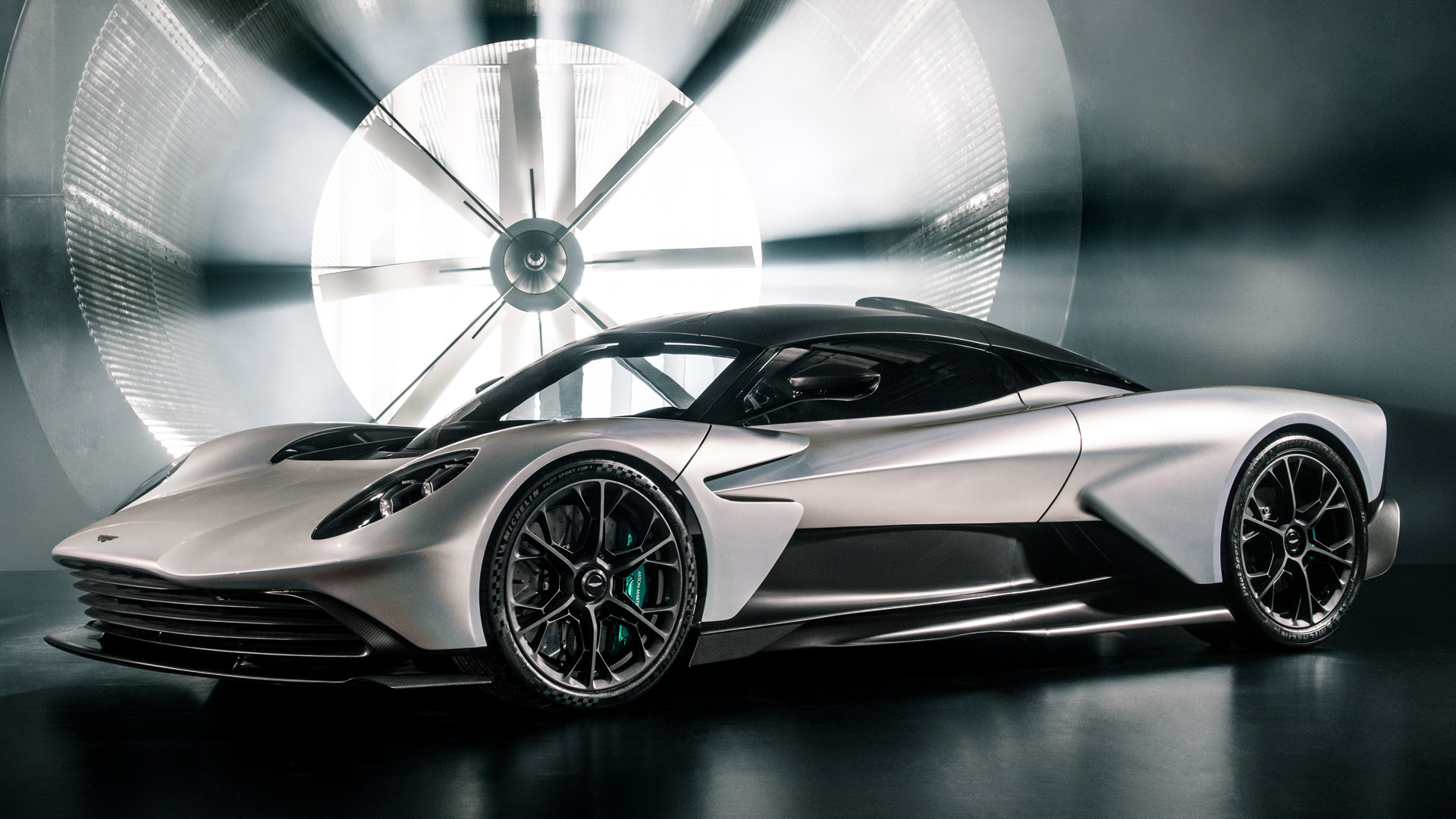

We first saw the Aston Martin Valhalla in concept form all the way before the pandemic in 2019, back when it was called the AM-RB 003. Positioned below the halo-spec Valkyrie, it’s a 998-horsepower hybrid monster with three electric motors and a fire-breathing twin-turbo V8. It’s been a long road to production, but Aston Martin is finally showing us the final version of the car. And by the way, only 999 of the carbon-tubbed supercars will be built, with production starting in 2024.
The Valhalla is expected to cost around $800,000. To justify the price beyond the spec sheet, Aston says the car has been developed extensively since the concept was revealed with help from its eponymous Formula 1 team. Drivers Fernando Alonso and Lance Stroll—whose father Lawrence bought a controlling stake in the British automaker in 2020—are said to have aided in development. The car is likewise said to use many F1-adjacent technologies, like a DRS-style wing as well as active aerodynamics that are not allowed in the racing series.




At the core of the Valhalla is a 4.0-liter flat-plane V8 engine, which the automaker says is bespoke to the car. It’s combined with three electric motors, two of which are at each front wheels, while the third is mounted to the transmission. The latter provides additional power to the rear wheels and acts as a starter/generator. This means the Valhalla is all-wheel-drive and capable of front-axle torque vectoring. The front motors are also used to reverse the car, which means the actual transmission mounted to the combustion engine has no reverse gear. The automaker did not state the power split between the ICE power unit and the electric motors, however, there’s no doubt that the vast majority of the power comes from dead dinosaurs.
The same computational fluid dynamics—fancy language for flow simulation—software the company uses for its F1 cars was utilized to optimize the Valhalla’s aerodynamics. With a full carbon tub and body, the car can be sculpted very precisely to create road-hugging grip, especially at high speeds. The vehicle uses active front and rear wings as well as a sculpted floor to achieve 1,323 pounds of downforce at around 150 miles per hour.




It’s all well and good to have all of this impressive technology bolted onto a carbon tub, but making such a large quantity of said chassis is likely going to be difficult. The company plans to use both resin-transfer molding as well as autoclave-based solutions in order to form the vehicle’s carbon composite structures. Both of these involve considerable expertise and equipment to do at a large scale. Keep in mind, Aston may have an F1 team, but it isn’t building dozens of F1 cars per year. Smaller parts like wings are one thing. Entire vehicles are another.
Thanks to features like an F1-style driving position and carbon fiber bucket seat, Aston says the Valhalla will narrow the gap between professional racers and the gentlemen drivers who will be purchasing its first full-production mid-engined supercar. Ahead of production, Aston Martin will produce several prototypes to further hone the vehicle’s systems. They will reportedly take to the road later this year.
Got tips? Send ’em to tips@thedrive.com